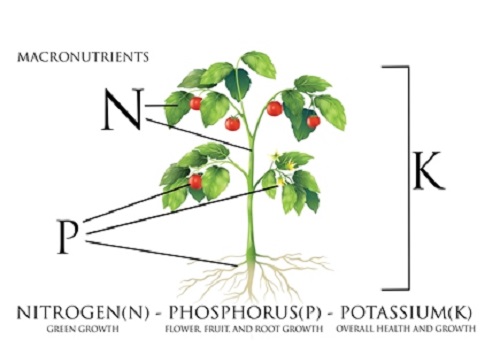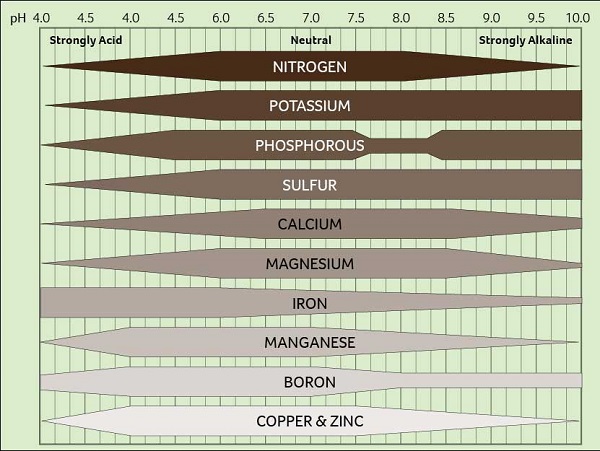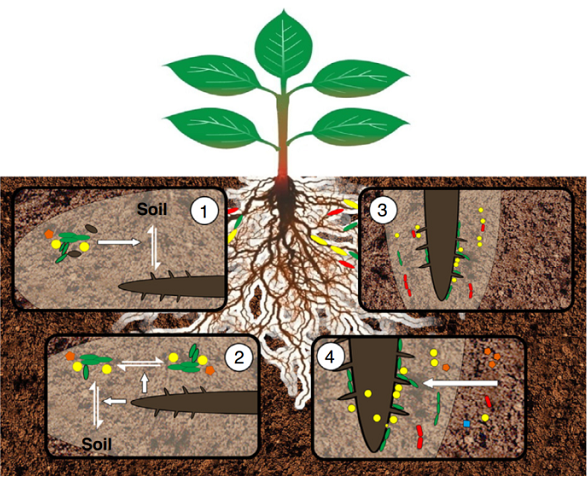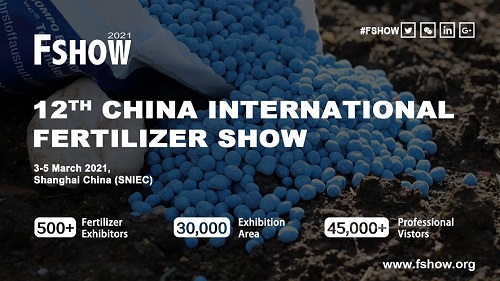
Exhibition time: 17-19 March, 2026 Shanghai, China
 中文
中文

Exhibition time: 17-19 March, 2026 Shanghai, China
 中文
中文

When you look at your soil test results, the first thing to look at is the soil pH. What exactly is the soil pH measuring? The answer is simple. Soil pH is a measure of the hydrogen (H+) concentration in soil. There is a common misconception that soil pH is used to make lime requirements. However, the soil pH only characterizes the soil as acidic, neutral, or alkaline. If acidic, a buffer solution is typically used to determine lime requirements.
Soil acidification is a naturally occurring process. The decomposition of organic matter, leaching of basic cations (calcium and magnesium), rainfall (which is naturally acid), and plant respiration all contribute to the decrease in soil pH. Any fertilizer that includes ammonium as a nitrogen source will undergo nitrification – the biological oxidation of ammonium to nitrite to nitrate by microorganisms– leading to a decrease in soil pH both localized to application site and eventually widespread.
In general, soil pH affects both the cation exchange capacity (CEC) (due the pH dependent nature of 2:1 clay minerals) of the soil and nutrient availability. Therefore, pH will need to be considered to optimize fertilizer use efficiency and crop yield.
Potassium
At low soil pH, K has more competition for CEC sites due to high H+ concentration and high soluble aluminum (Al). The H+ and Al displaces other exchangeable cations (K+) moving them into soil solution and therefore, increasing the potential for leaching, this is especially true for coarse or sandy soils or high organic soils.

Figure 1 shows that potassium availability is highest above soil pH of 6.0. At low pH, potassium availability is generally low. Low pH decreases the soil’s ability to keep supplying potassium to plants, therefore potentially increasing the need for additional fertilizer applications or liming to raise the soil pH.
At low pH, aluminum toxicity can also become an issue, resulting in reduced root growth and decreased water and nutrient uptake.
In general, as pH rises due to lime applications, the soil CEC is increased and therefore, greater concentrations of potassium can be held on the CEC – so there is more potential for the soil to supply nutrients. At higher pH, H+ from the soil surface are replaced with OH–, leading to a negative charge on clay – above the net negative charge soil naturally carries. When H+ are not held on the soil surface, they are removed from soil solution and there is less competition for potassium for exchange sites.
Having a higher pH and CEC, the soil would have greater capacity for supplying potassium for plant growth. This is especially important as soil supply of nutrients needs to match crop uptake. Do not assume that this implies that the higher the soil pH (above 6.5 to 7.0) the better. There is little agronomic argument for liming to an alkaline soil condition.
Phosphorus
The chemical nature of phosphorus (various species of P2O5) leads to a high binding ability within the soil, making it unavailable to a plant. Depending on the soil pH, phosphorus solubility can be controlled by aluminum, iron, or calcium.
In acidic soils, phosphorus precipitates with aluminum and/or iron or phosphorus is bound on iron/aluminum oxide and clay mineral surfaces. In neutral and calcareous soils – soil comprised mainly of calcium carbonate –phosphorus precipitates with calcium or is held on the soil surfaces of clay minerals and calcium carbonate.
The important thing to realize is that phosphorus availability can be improved with adjustment of soil pH.
Figure 1 shows that the highest phosphorus availability is generally thought to occur between 6.5 and 7.5.
Increasing the soil pH with lime to at least 6.2 (for most crops) would result in higher phosphorus availability (Mallarino et al., 2013). However, it is a balancing act. As you increase the pH above this point, micronutrients, such as iron, manganese, zinc, etc., begin to decrease in plant availability (Figure 1).
A long-term wheat study conducted in Oklahoma showed that the use of lime with nitrogen, potassium, and phosphorus fertilizer resulted in higher long-term yield and higher phosphorus recovered in the grain compared to using the treatment of fertilizer without lime (Parham et al., 2002). The addition of lime also resulted in increased soil test phosphorus (plant available) compared to the non-lime treatment. This study illustrates that the wheat crop utilized fertilizer phosphorus more efficiently when lime was applied.
However, adjusting the soil pH will not replace P fertilizer applications. Application rates should still be based on either a build-and-maintain or sufficiency approach or by calculating Nutrient Removal. By adjusting the pH, farmers could increase the availability of fertilizer applied and its efficiency of use.

Understanding liming soil
Typically, ag liming materials contain either CO3– or OH– which are responsible for neutralizing the H+ in soil solution, with byproducts of carbon dioxide and water. The calcium (calcitic lime) and/or magnesium/calcium (dolomitic lime) displaces H+ on the soil CEC, resulting in more H+ being moved into soil solution where it is neutralized.
The rate of lime required to neutralize the acidity is typically determined based on the buffer pH of the soil – the measure of reserve acidity or the ability of the soil to resist change. Sandy soils with low CEC are weakly buffered and therefore, require less lime to change pH. Clay soils with high CEC will require more lime to raise pH due to higher reserve acidity.
The rate of lime required is also influenced by the most sensitive crop in the rotation. For example, legumes such as alfalfa require higher pH (6.8) while most grasses only require an ideal pH of 6.2 or higher (Mallarino et al., 2013).
Overall, soil pH can be the first factor to fix nutrient deficiencies. However, liming soil will not replace the need for fertilizer applications to meet crop needs. Farmers need to be aware that they could increase crop yield and fertilizer use efficiency by adjusting soil pH.
From THE ABRONOMY TEAM
